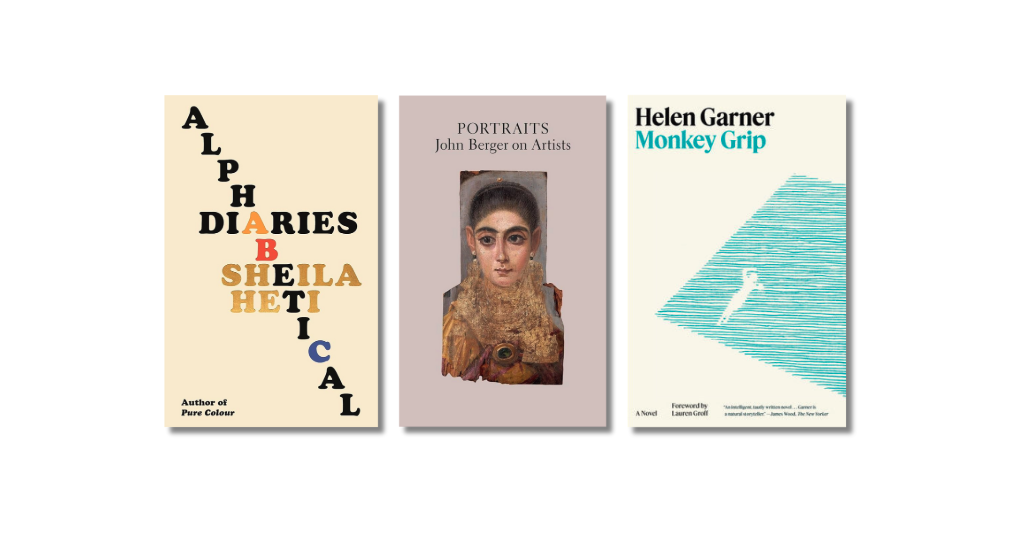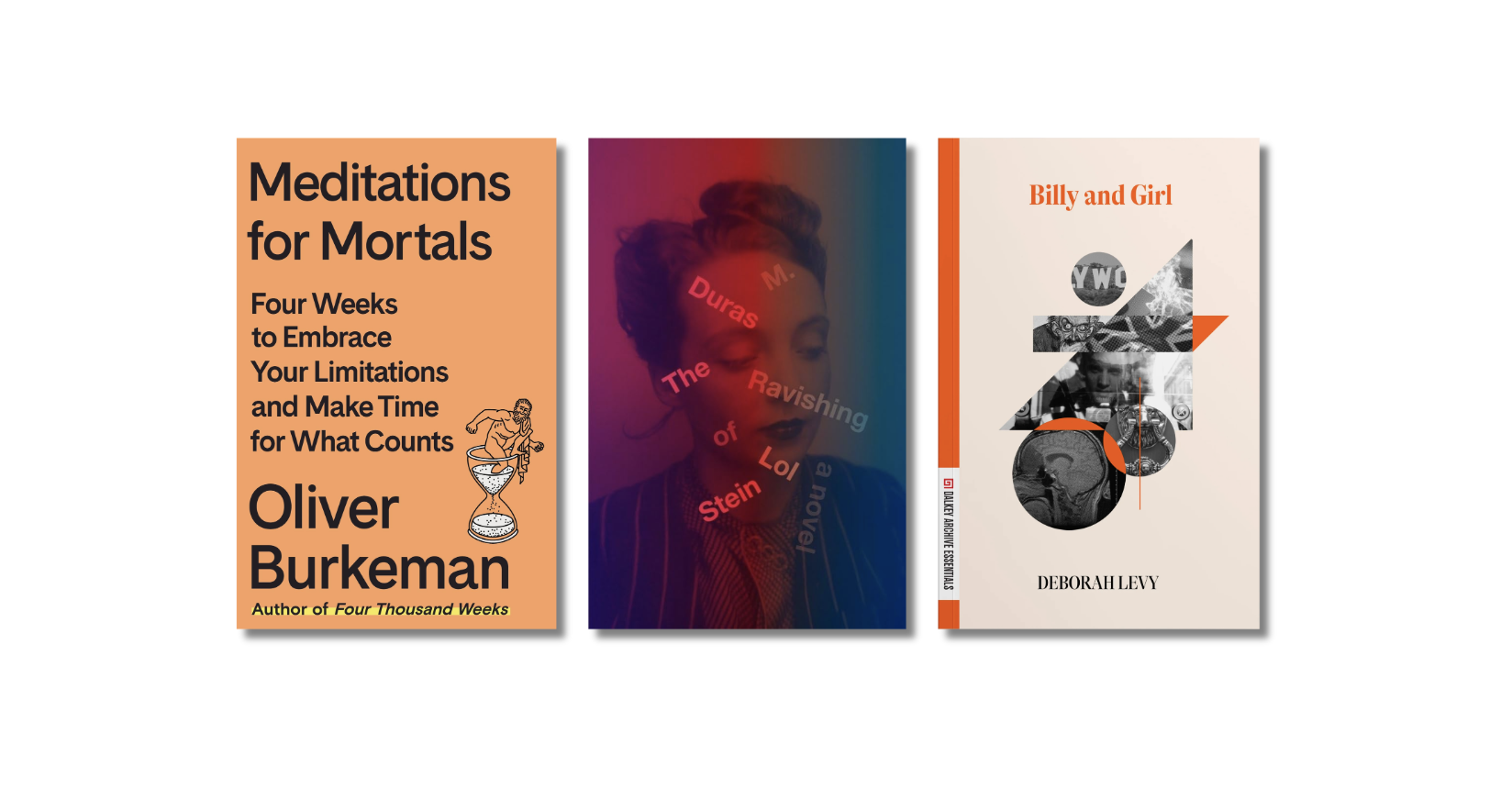When I was twelve, I read a lot. I read novels in the cafeteria over chicken patties while my friends traded folded-paper fortune tellers, and I read novels on the bus ride home while my friends relocated to seats with travelers who would talk to them. I read novels while I walked home from the bus stop, and for half hour stretches in the bathroom until my legs had fallen asleep. There never seemed a good point at which to put down the book, pull up my pants and relocate to a chair, so I stayed seated.
 The books I read today can still inspire this total preoccupation, but more rarely. Often, I only have an allotted hour or so to read before I have to turn off my light and play slave to my impending alarm clock. My “real” life is never far from mind; reading is just a part of my day. But last night I lay in bed with Mockingjay, the third installment of Suzanne Collins’ Hunger Games series, not reading but devouring the book, transported not only to the fictional world of Panem, but to the years when I always read like this: flopping from back to stomach as the hours passed, jumping at every creak of the house, and finishing late, late at night, reluctant to release my hands from the book and a delicious disorientation that would be gone by morning.
The books I read today can still inspire this total preoccupation, but more rarely. Often, I only have an allotted hour or so to read before I have to turn off my light and play slave to my impending alarm clock. My “real” life is never far from mind; reading is just a part of my day. But last night I lay in bed with Mockingjay, the third installment of Suzanne Collins’ Hunger Games series, not reading but devouring the book, transported not only to the fictional world of Panem, but to the years when I always read like this: flopping from back to stomach as the hours passed, jumping at every creak of the house, and finishing late, late at night, reluctant to release my hands from the book and a delicious disorientation that would be gone by morning.
 My former self understands these feelings, and happily, so does my cousin’s son, Will. I know he reads like this because I’ve seen him, shooing his football-toting friends away at the beach because he can’t abandon Harry, Ron and Hermione at such a crucial moment. He’s got an English-teacher-turned-college-professor for a mom, and an older brother tossing worn copies of The Golden Compass and Percy Jackson his way, so he’s been reading for a while now, and he’s got discriminating taste. He’s the recent recipient of Cedar Mountain Primary School’s Accelerated Reader Award, but the prize is incidental. Kid’s got a love of the game.
My former self understands these feelings, and happily, so does my cousin’s son, Will. I know he reads like this because I’ve seen him, shooing his football-toting friends away at the beach because he can’t abandon Harry, Ron and Hermione at such a crucial moment. He’s got an English-teacher-turned-college-professor for a mom, and an older brother tossing worn copies of The Golden Compass and Percy Jackson his way, so he’s been reading for a while now, and he’s got discriminating taste. He’s the recent recipient of Cedar Mountain Primary School’s Accelerated Reader Award, but the prize is incidental. Kid’s got a love of the game.

 With Twilight and The Hunger Games securing a vast readership among the young and older, Will and I are not an anomaly as we sit and excitedly discuss Harry Potter, he ten and me twenty-three. As we’re working our way from The Sorcerer’s Stone to The Deathly Hallows with great attention to both cherished and forgotten detail, he’s the book-club I didn’t have as a twelve year old Madeline L’Engle addict. We started talking because I was hoping to glean a few book recommendations from him to write about, and so I’m taking notes. Exhibiting his careful attention to fellow readers and his strong loyalty to story, our conversation is punctuated by uncertain pauses preceding each recounting of a momentous plot twist. “I don’t know if you should write this in case anyone hasn’t read it yet,” Will warns me.
With Twilight and The Hunger Games securing a vast readership among the young and older, Will and I are not an anomaly as we sit and excitedly discuss Harry Potter, he ten and me twenty-three. As we’re working our way from The Sorcerer’s Stone to The Deathly Hallows with great attention to both cherished and forgotten detail, he’s the book-club I didn’t have as a twelve year old Madeline L’Engle addict. We started talking because I was hoping to glean a few book recommendations from him to write about, and so I’m taking notes. Exhibiting his careful attention to fellow readers and his strong loyalty to story, our conversation is punctuated by uncertain pauses preceding each recounting of a momentous plot twist. “I don’t know if you should write this in case anyone hasn’t read it yet,” Will warns me.
That is one of the great appeals of young adult literature: there is so much plot to spoil. Storytelling is paramount here, and the sheer imagination of the author is so awesome that enjoyment overpowers any hint of farfetchedness. And while, yes, the Harry Potter books are about wizards, our own Muggle concerns are reflected in the struggle of good against evil, and the difficulty we sometimes have distinguishing the two. In the spirit of C.S. Lewis, the best young adult fiction today embraces universal themes and compelling moral ambiguity. These stories captivate our attention because they are adventures in the deeper dramas that inform human experience. They are life and death stripped of daily distraction.
As we sit over a hardcover copy of Harry Potter and the Half Blood Prince, Will and I try to articulate what we love about this series and about The Hunger Games. It is difficult to express the emotionally charged relinquishing of reality and the fervor and flush that comes with truly inhabiting a fictional world. “Just the idea of the book,” he shrugs, stumped. “Just the story.”
With imaginative and driving plots that are both similar and alien to your everyday world, in the really good books, the characters are rich and complicated, but when they are not, it doesn’t really matter. They are doing, and you are reading as fast as you can.
Of course, one of the reasons you can read this fast is that the language doesn’t always delight your synapses or persuade you to kick off your shoes and stay awhile. When I’m reading Collins’ writing, I’m not savoring a sentence like I do when I’m reading Michael Chabon. The plainspoken pulse of The Hunger Games doesn’t beg a reread like the poetry of The God of Small Things, or set you still like a scene of Cormac McCarthy’s. But I’m not reading Mockingjay for those reasons. I’m reading to find out whether the Capitol mutations bred deliberately to hunt Katniss are going to tear her to pieces before she manages to kill President Snow.
Books hinging on this level of intensity burn a haze that muddles your Muggle world and your Hogwarts world. As in a dream, you have no difficulty surrendering to the unrealities: the story holds you. Sometimes it holds you merely until an unwelcome interruption by your real life, but sometimes it lingers after the book is closed, unwilling to be relegated back to fiction. Young Will confesses to me that Harry Potter’s unlikely entrance into wizardry clung to him in this way. “I was really hoping that when I turned eleven I would be found to be a wizard. I felt that it was so real. I thought that maybe J.K. Rowling was a wizard… and I kept on feeling that. But then, after I read the next series that I really liked, I didn’t feel that anymore, and I knew that it was definitely, one hundred percent fake. But… it really seemed real. The whole way.”
The yearning in Will’s voice brings me back to my own youthful reading of the Harry Potter books, with a swift and sudden nostalgic ache. For Will isn’t yet eleven, and the force with which he instructs me on the odds against his dormant wizardry has the hardness of a person reprimanding himself for a foolishness. He isn’t waiting for his eleventh birthday. He knows better. But maybe this is why reading these YA books can be such a wholly captivating experience for adults. We have no choice but to surrender our reasons to the terrors and beauties of a make-believe world. And it really seems real.









